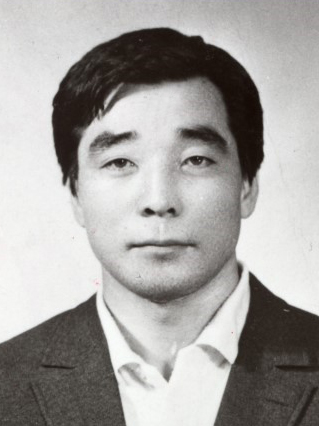One of the most important Korean filmmakers in the 1960s and 70s, LEE Man-hee established his reputation as a master of genre cinema, at a time the industry had yet to embrace horrors and thrillers, which have since become staples of the local film scene. Born in 1931 as the youngest of eight children, LEE took part in the Korean War as a codebreaker before entering the film industry in 1956, working as an assistant director for filmmakers such as AHN Jong-hwa, PARK Gu and KI...
More
One of the most important Korean filmmakers in the 1960s and 70s, LEE Man-hee established his reputation as a master of genre cinema, at a time the industry had yet to embrace horrors and thrillers, which have since become staples of the local film scene. Born in 1931 as the youngest of eight children, LEE took part in the Korean War as a codebreaker before entering the film industry in 1956, working as an assistant director for filmmakers such as AHN Jong-hwa, PARK Gu and KIM Myeong-je. He debuted as a filmmaker in his own right with <Kaleidoscope> in 1961, which featured the famous actor KIM Seung-ho. His third film, <Call 112> (1962) brought LEE commercial success and his next task was to revolutionise Korea’s genre scene, notably with the horror <The Devil’s Stairway> and the film noir <Black Hair>, both in 1964. Not one to stick to one formula, LEE also made a mark as an artistic filmmaker, helming the classic love story <Late Autumn> (1966), which, though it has since been lost, has been remade by the likes of KIM Ki-young and KIM Tae-yong. He continued his winning streak with <Homebound> in 1967 and <Holiday> in 1968, which have both stood the test of time. As the industry began to falter, fewer opportunities came his way but he remained busy in the early 70s, ending his career with the road movie <The Road to Sampo> (1975). He died of liver cirrhosis before the film was released. LEE made over 50 films in his life and left behind daughter LEE Hye-young, who became a famous actress in the 1980s.
Less








